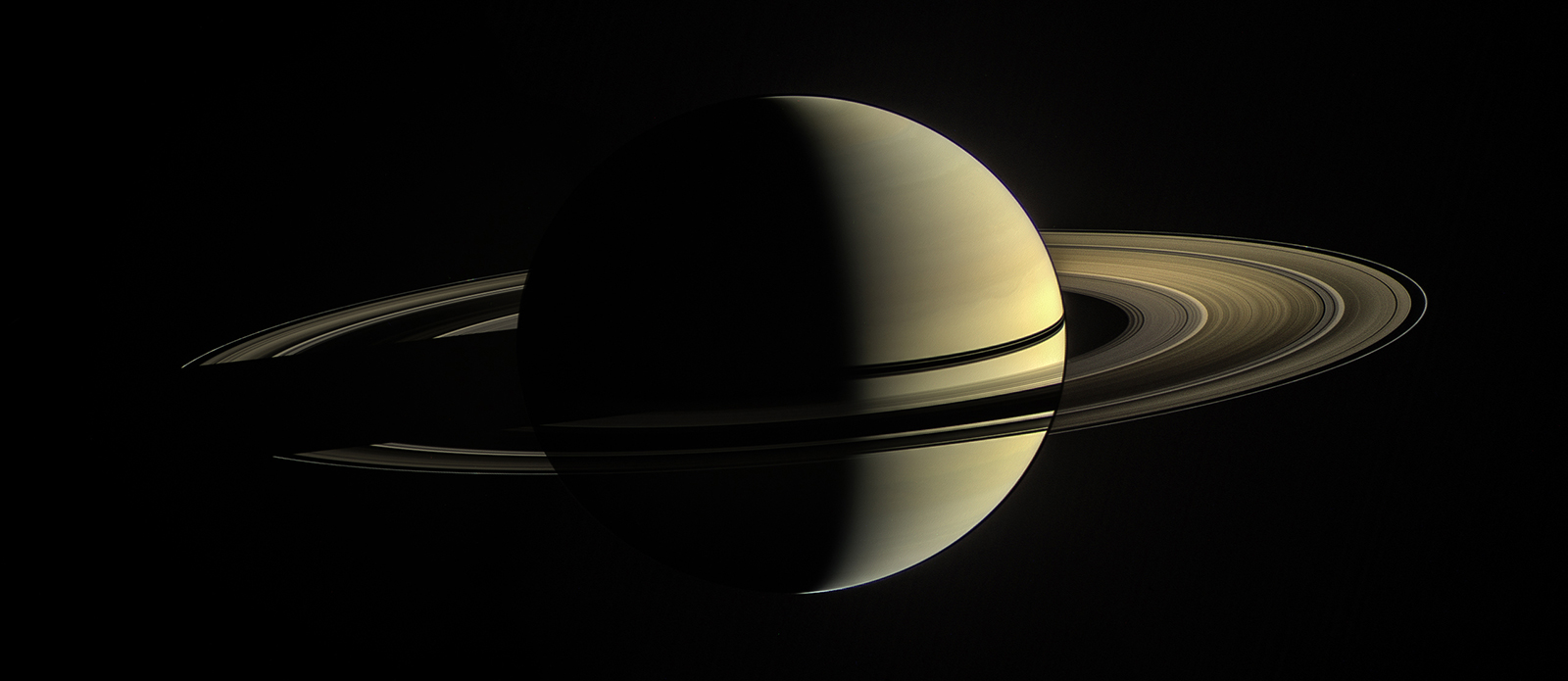Saturn’s rings could have evolved from debris of two icy moons

New research by NASA and its partners has found that Saturn's iconic and remarkably young rings could have evolved from the debris of two of its icy moons that collided and shattered a few hundred million years ago.
The researchers simulated what different collisions between precursor moons might have looked like. The simulations were conducted at a resolution more than 100 times higher than previous such studies, using the open-source simulation code, SWIFT.
Saturn's rings live within the Roche limit - the farthest orbit where a planet's gravitational force is powerful enough to disintegrate larger bodies of rock or ice that get any closer. By simulating almost 200 different versions of the collision, they discovered that a wide range of collision scenarios could scatter the right amount of ice into Saturn's Roche limit, where it could settle into rings.
The collision could also explain why Saturn's rings are made almost entirely of chunks of ice and no rock.
"This scenario naturally leads to ice-rich rings. When the icy progenitor moons smash into one another, the rock in the cores of the colliding bodies is dispersed less widely than the overlying ice," said Vincent Eke, Associate Professor in the Department of Physics/Institute for Computational Cosmology, at Durham University and a co-author on the paper.
What led to the collision?
The researchers hypothesize that the collision between two of Saturn's former moons could have been caused by the usually small effects of the Sun's gravity, adding up to destabilize their orbits around the planet, leading to a snowballing effect that elongates and tilt their usual circular and flat orbits until their paths cross, resulting in a high-speed impact.
The team's findings are published in The Astrophysical Journal.
🪐 Saturn loves to show off its rings! But how did they come to be?New research by @NASA and its partners suggests that Saturn’s rings could have evolved from the debris of two icy moons that collided and shattered a few hundred million years ago.MORE: https://t.co/DzGvxnaCln pic.twitter.com/v3aC9dJ1Kz
— NASA Marshall (@NASA_Marshall) September 27, 2023
- READ MORE ON:
- Saturn rings evolution
- NASA
- Roche limit










